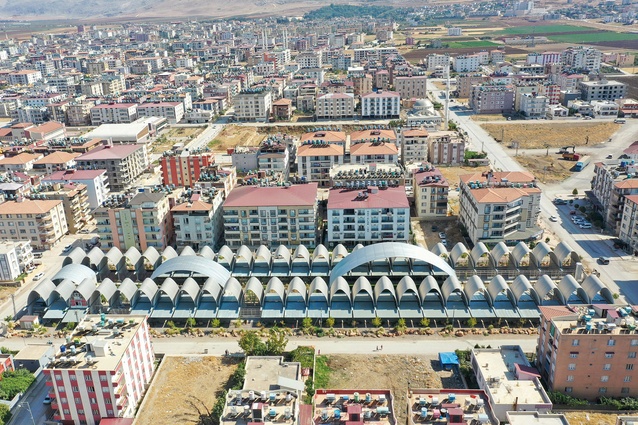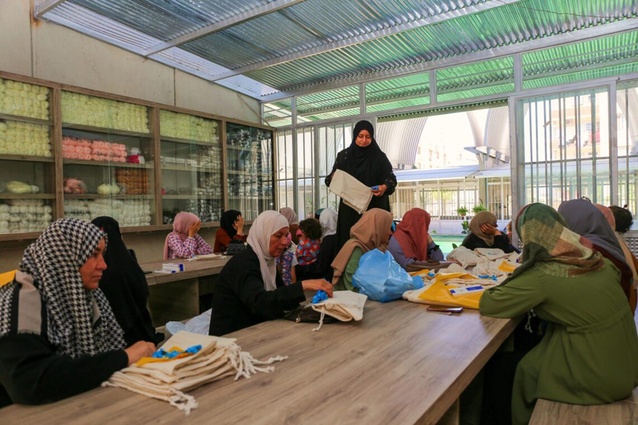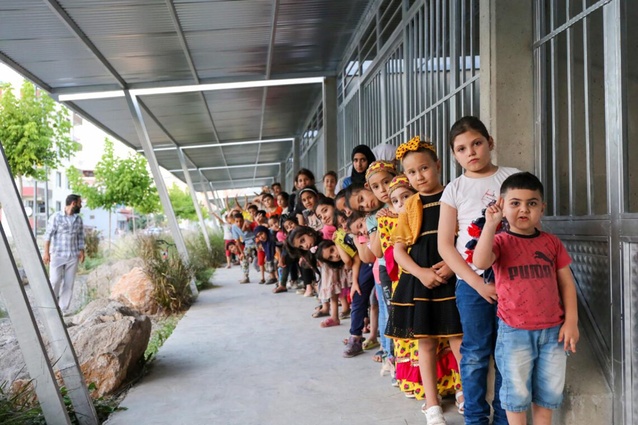Everyone’s a critic
When the World Building of the Year award was announced at the 2023 World Architecture Festival (WAF) in Singapore, there was a collective groan from our judges’ table at the gala dinner event.
Several of us in the Kiwi contingent were hoping the Taiwan-Reyhanli Centre for World Citizens in Turkey, which had won the Civic and Community award in the Completed Buildings category, would go on to claim the big prize. Earlier, the project’s Taiwanese lead architect, Chen-Yu Chiu, gave the most impassioned 10-minute presentation of the day, outlining how he and his student team at Turkey’s Bilkent University had created an extraordinary building responding to the Syrian refugee crisis caused by the 2012 Syrian civil war.

The scheme for Reyhanli, a small town in south-eastern Turkey adjacent to Syria, was funded by the Turkish and Taiwanese governments, crowdfunding, largely from Taiwan, and the dedicated volunteer, donor and fundraising efforts by Chiu. The architecture is radical, beginning with an ingenious re-use of pre-cast concrete barrier panels employed in the Syrian-Turkey border wall. Here, they are rearranged in parallel, facing towards Mecca, to create 52 standardised building units. Each unit, measuring 6.3m wide, 8m deep and 10m high, is spanned by an elegantly thin sheet-steel roof in the form of a hyperbolic arch echoing the arched cloister of the 12th-century Aleppo Umayyad Mosque, badly damaged during the Syrian civil war. The roof form, said Chiu, immediately recognisable by those of the Muslim faith, is critical in creating a shared place providing for both Turkish locals and Syrian refugees. The rich environment created goes way beyond transitional shelter, providing true community space with opportunities for education, recreation, commerce and empowerment.
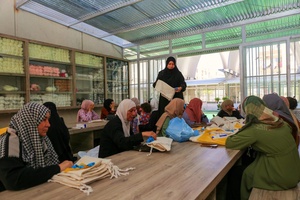
Chiu also talked about using his expertise as a designer to work with Syrian and Turkish women to create products for them to sell – such as the ‘Meow Meow Pouch’, a knitted pouch sold together with Aleppo soap, and the dog-shaped ‘Woof Woof Scarf’, one of which Chiu wears throughout his presentation. As a virtuoso performance showing just what the role of the architect can be, as both humanitarian designer and activist making a difference, it was hard to beat. In Chiu’s 10-minute crit, one member of the super jury described it as “a rare example of how architecture can improve the lives of people in harsh conditions”. Another likened the units, somewhat insensitively, to the prefabricated, utilitarian, corrugated-iron Nissen hut designed by an engineer during the First World War. But while the super jury clearly liked the inspirational project, it didn’t make the top spot.
Comprising Sir Peter Cook of Archigram fame, still going strong at 87, Vicente Guallart of Guallart Architects, Richard Hassell of WOHA architects and Albert Williamson-Taylor of AKT II, the super jury opted instead for something charmed and fantastical. Huizhen High School, a 30-class Chinese boarding school in Ningbo City in eastern China, and the winner of the Completed Buildings: School category, was their Building of the Year.
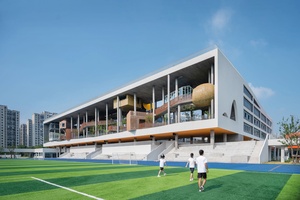
Designed by Approach Design Studio in collaboration with Zhejiang University of Technology Engineering Design Group, the project is huge – an array of elevated, four-storey teaching and residential buildings arranged around three courtyards with a rooftop strolling park, including an area of stepped seating for classes on the roof. The project’s 10-minute presentation followed a curious logic. It began with the ‘efficiency first’ education model in China, described as a highly stressful environment. That created a need for students to deal with stress. The best way to do that, the architects argued, was to “waste time” because that is when people are most relaxed: not a common requirement in educational facilities. “We believe”, say the architects, “that under heavy pressure, children need more blank spaces where time can be ‘wasted’ and where they can adjust their minds and bodies and discover beauty.” Blank spaces?
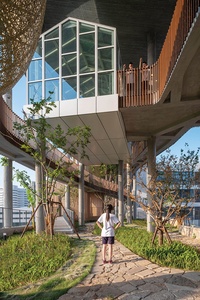
The architectural means to make Huizhen High School “a campus that can waste time” is a massive open-air, atrium-like frontage where the teaching and residential buildings face the morning sun. This face of the building separates sports fields from the courtyards with a surreal, four-level-high garden landscape dubbed the “floating forest”. Radically different classrooms are hung in each corner of the forest along with scattered tree houses, which are joined by meandering ramped paths. This creates a space, say the architects, that provides students with temporary escapes from the burden of school.
The “compound existence of campus and park” is achieved by making the teaching part of the building as compact as possible, thereby allowing the park to be “low efficiency” or even “inefficient”, to create a place where students “can seriously waste time”. Despite the paradoxical logic, the overall effect is stunning – in New Zealand terms, a modern learning environment on steroids. They haven’t entirely got rid of the stressful “efficient” spaces. But, like the Taiwan-Reyhanli Centre, the school is a project for our times. It was inspiring to be reminded by these projects and others at WAF, including some by New Zealand architects, that architecture at its best has a role in an often dark and troubled world to actively transform the ways in which people live.

